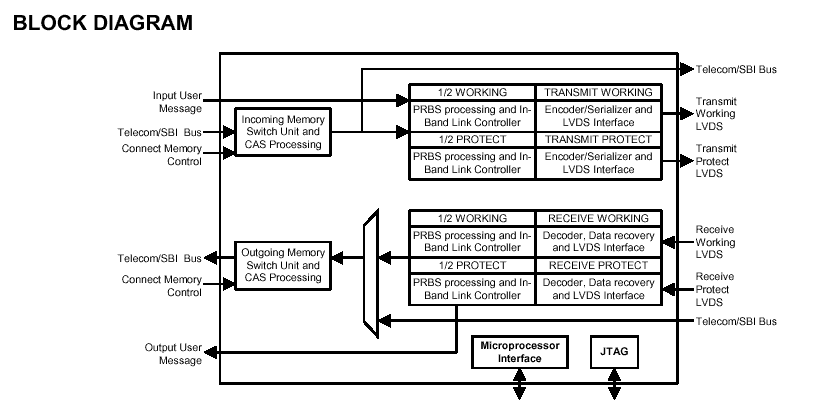PM8610: Application• T1/E1 SONET/SDH Cross-connects• T1/E1 SONET/SDH Add-Drop Multiplexers• OC-48 Multiservice Access Multiplexers• Channelized OC-12/OC-48 Any Service Any Port Switc...
floor Price/Ceiling Price
- Part Number:
- PM8610
- Supply Ability:
- 5000
Price Break
- Qty
- 1~5000
- Unit Price
- Negotiable
- Processing time
- 15 Days
SeekIC Buyer Protection PLUS - newly updated for 2013!
- Escrow Protection.
- Guaranteed refunds.
- Secure payments.
- Learn more >>
Month Sales
268 Transactions
Payment Methods
All payment methods are secure and covered by SeekIC Buyer Protection PLUS.

 PM8610 Data Sheet
PM8610 Data Sheet







